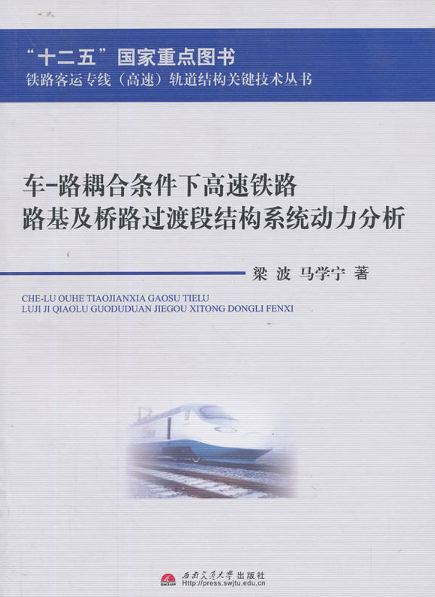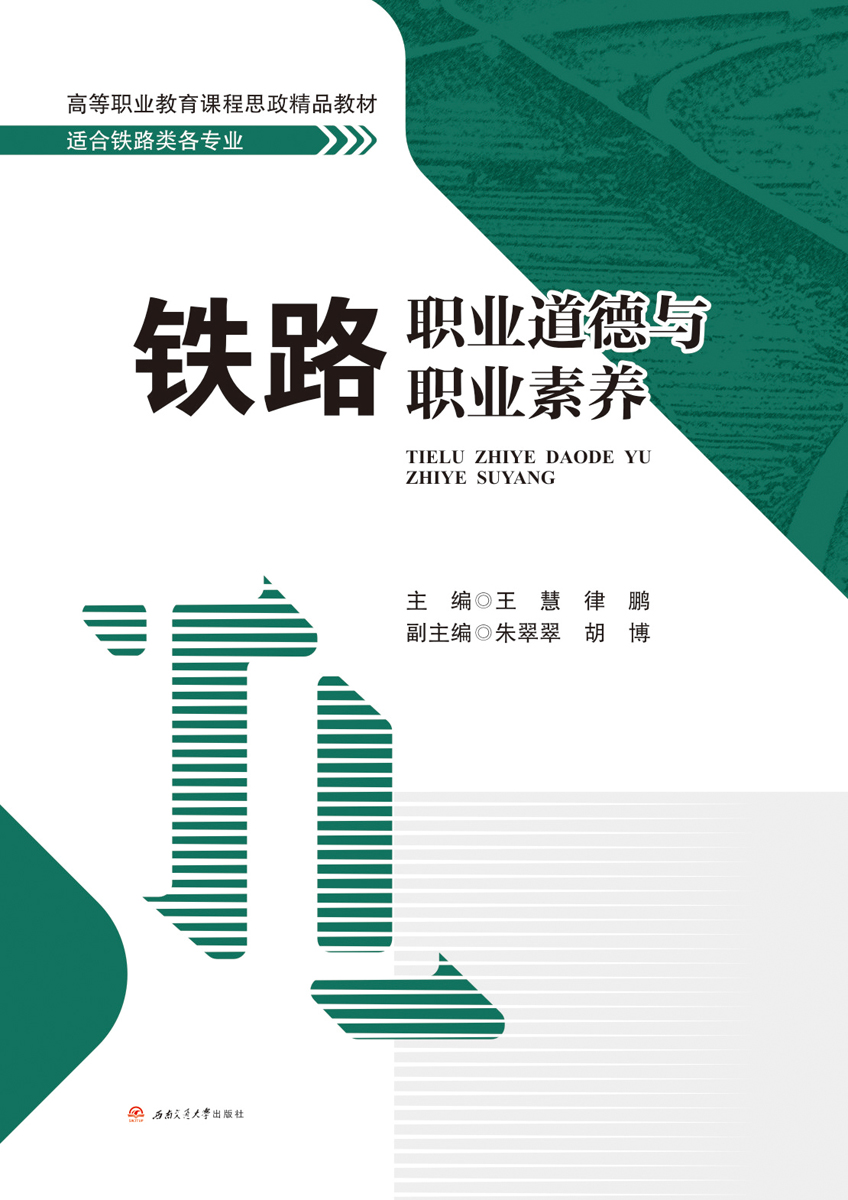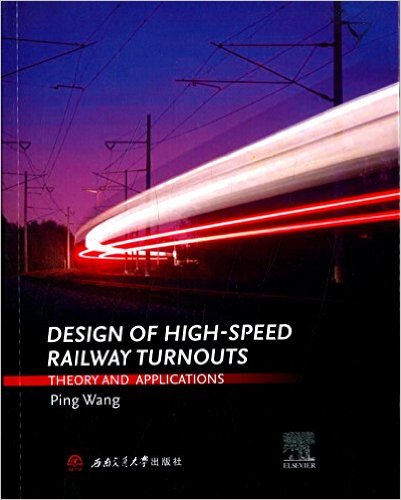-
 车—路耦合条件下高速铁路路基及桥路过渡段结构系统动力分析
车—路耦合条件下高速铁路路基及桥路过渡段结构系统动力分析作者:梁波, 马学宁
本书稿是对高速铁路路基及桥路过渡段动力行为进行系统研究的专着。本书将车辆—轨道—路基作为一个系统,深入研究了高速铁路路基及桥路过渡段的动力行为。内容包括车辆—轨道—路基耦合动力学方程,三维分析模型建立与仿真分析,设计者与施工参考建议等。
-
 铁路职业道德与职业素养
铁路职业道德与职业素养作者:王慧 律鹏
本书为高等职业教育铁路相关专业思政课程教材。铁路是重要的基础设施,是国民经济的大动脉,在高速铁路迅猛发展的今天,铁路职工的职业道德与职业素养的培育尤为重要。本书介绍了铁路职业道德修养和职业道德行为规范、铁路职业能力、铁路职业各岗位行为规范和铁路工匠精神,版块清晰,案例翔实,对教育和培养铁路职工的职业道德和职业素养具有很强的指向性和实践性。本书除用作铁路各专业的思政课程教材外,亦可作为铁路新职工入行的培训用书和铁路现场管理干部的学习参考书。
-

图书分类
Book classification- 《高速铁路道岔设计理论与实践(英文)》出版标志著西南交通大学与世界著名出版商爱思唯尔联合实施的中国高铁学术出版“走出去”项目正式拉开帷幕。《高速铁路道岔设计理论与实践(英文)》由中国高速铁路道岔理论研究组组长王平主笔,通过分析中国高速铁路的运行实例,介绍具有中国自主知识产权的高铁道岔基础理论,高铁道岔的设计和维护。
- 《高速铁路道岔设计理论与实践(英文)》及时地将这些理论研究成果归纳总结,并呈现给大家,希望能对铁路道岔设计工作者有所帮助,继续推动我国道岔技术的发展。
-
Preface
CHAPTER 1 Types and Structure
1.1 Main Types
1.1.1 Composition
1.1.2 Classification
1.2 Technical Requirements
1.2.1 Excellent Technical Performance
1.2.2 Hi...查看更多 - Ping WANG
Professor of Civil Engineering at Southwest Jiaotong University, China; and Director of Key Laboratory of High-Speed Railway Engineering, Ministry of Education.
Professor W...查看更多





